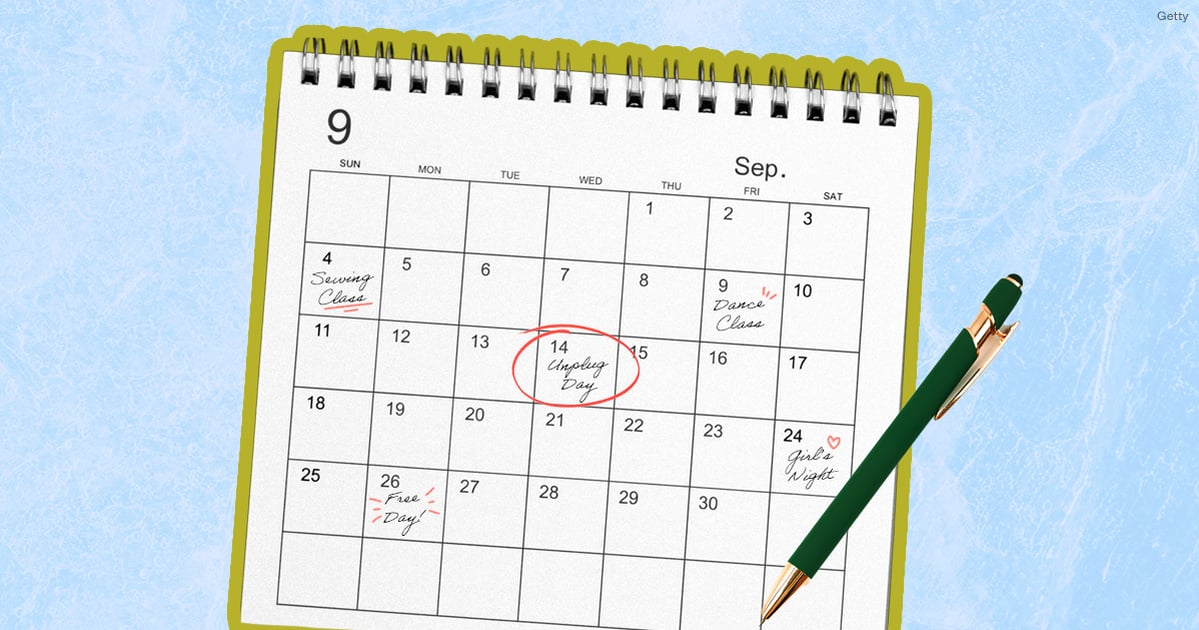Great sex may include a little bit of lube, a lot of communication, a tried-and-true sex position. But something your sex life may be missing? A safe word. “A safe word is a word that people use as a way of saying ‘no,’ ‘stop,’ or ‘enough’ during sex,” sexologist Amanda Dames tells PS.
Even if exploring kinks and common fetishes isn’t something you’re interested in, a safe word is essential no matter the type of sex you’re having. It ensures all parties feel safe, respected, and in control, allowing for a healthier (and likely better) sex life.
Below, Dames and sex therapist Nicolle Dirksen share what to know about safe words, including how to use a safe word, good safe word examples, and more.
Experts Featured in This Article
Amanda Dames is a certified sexologist.
Nicolle Dirksen, MA, is a sex therapist at Clover Counseling.
What Is a Safe Word?
A safe word is an agreed-upon term used during sex to “communicate a desire for the activity to stop,” Dirksen says. If you want to stop for any reason, whether that’s because the sex feels painful, you feel uncomfortable, or something doesn’t feel right, using a safe word is a simple way to communicate that with your partner.
Additionally, for couples who enjoy kink and role-playing scenarios, a safe word ensures that there’s no confusion. In the case that saying “no” or “you’re hurting me” or “stop” is a part of your role-play, having a safe word “indicates play needs to stop immediately,” Dames says.
Good Safe-Word Examples
When choosing a safe word, decide with your partner(s) whether you want one safe word to indicate that play should stop immediately or if you want to use the traffic light method. The traffic light method uses three safe words: red, yellow, and green. “Yellow can mean ‘I need to slow down’ or ‘Let’s take a pause.’ Red will mean ‘Stop now.’ And then green is an easy way to communicate that you’re still feeling good,” Dames says.
If one safe word suits your sex life better, there are a few things to keep in mind. A good safe word should be easy to remember, easy to say, easy to understand, and a word you don’t typically use in everyday speech, Dirksen says. “These rules help ensure that there won’t be confusion if the safe word is used,” Dirksen says.
Here are some good safe-word examples:
- Pineapple
- Red
- Mars
- Carrot
- Grass
- Hammer
- Toast
- Vacuum
However, safe words don’t have to be words – and they shouldn’t be if you or your partner’s mouth will be covered with tape or a ball gag, for example. “Safe words might not be an option in certain situations, scenarios, or scenes that don’t allow one partner the ability to speak,” Dirksen says. “In these situations, it’s important to also consider a safe signal of some kind that does not require vocalization.”
In these scenarios, you could use a hand signal, tap on your partner’s shoulder a certain number of times, snap your fingers, or drop a ball you’ve been holding.
How to Use a Safe Word
To use a safe word, simply say the agreed-upon word confidently and loudly during sex. And if your mouth is restricted, proceed with your safe, nonverbal cue. You can either communicate right then with your partner why you used the safe word and then start things up again once you’ve discussed, or you can choose to take some time.
If your partner uses the safe word, stop any action immediately. Then, check in with your partner to understand why the safe word was used and what you can do differently in the future.
In both cases, engaging in sexual aftercare following your sex session is important. Yes, it can include checking in about the sexual experience, but it can also include snuggling, eating food together, or running a bath. No matter the reason the safe word was used, aftercare will help your mind and body calm down and allow you to connect with your partner again.
Taylor Andrews is a Balance editor at PS who specializes in topics relating to sex, relationships, dating, sexual health, mental health, and more.




